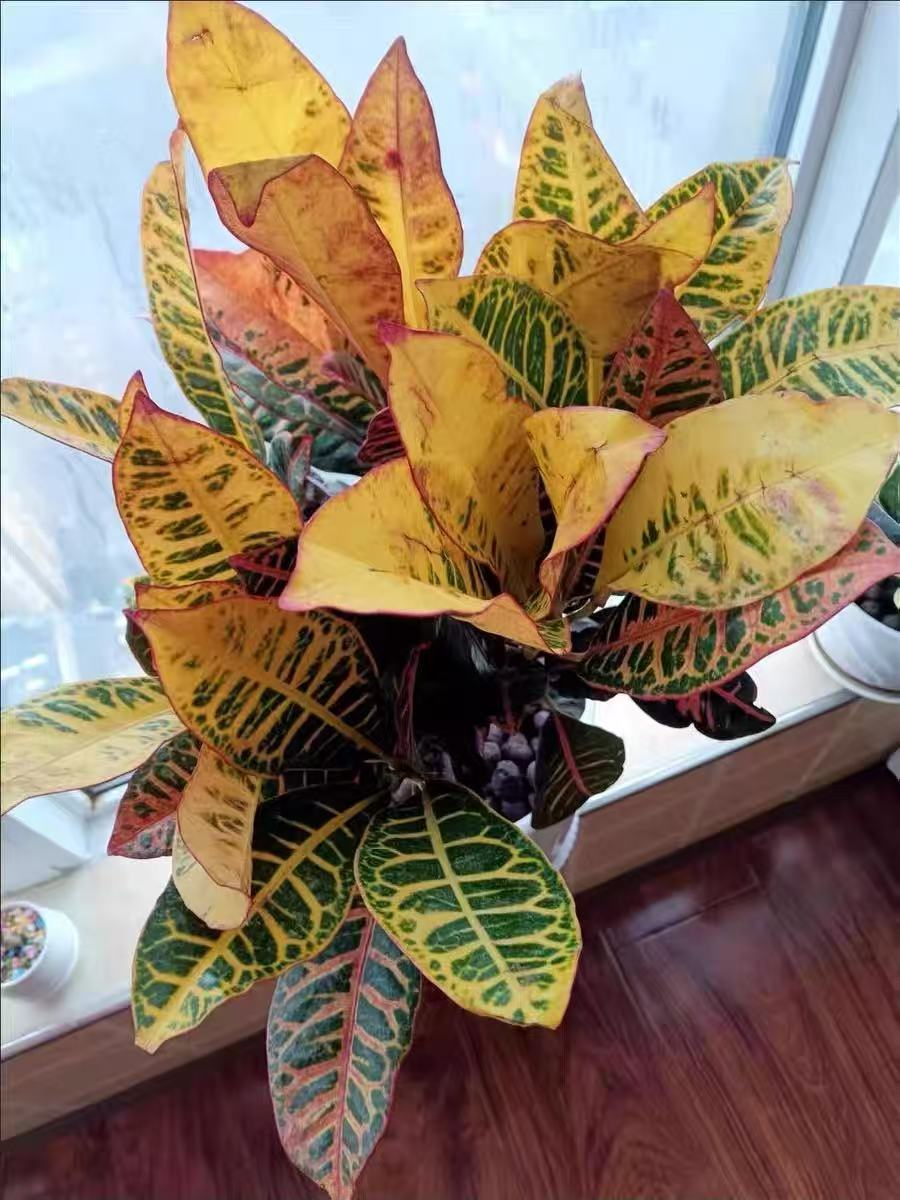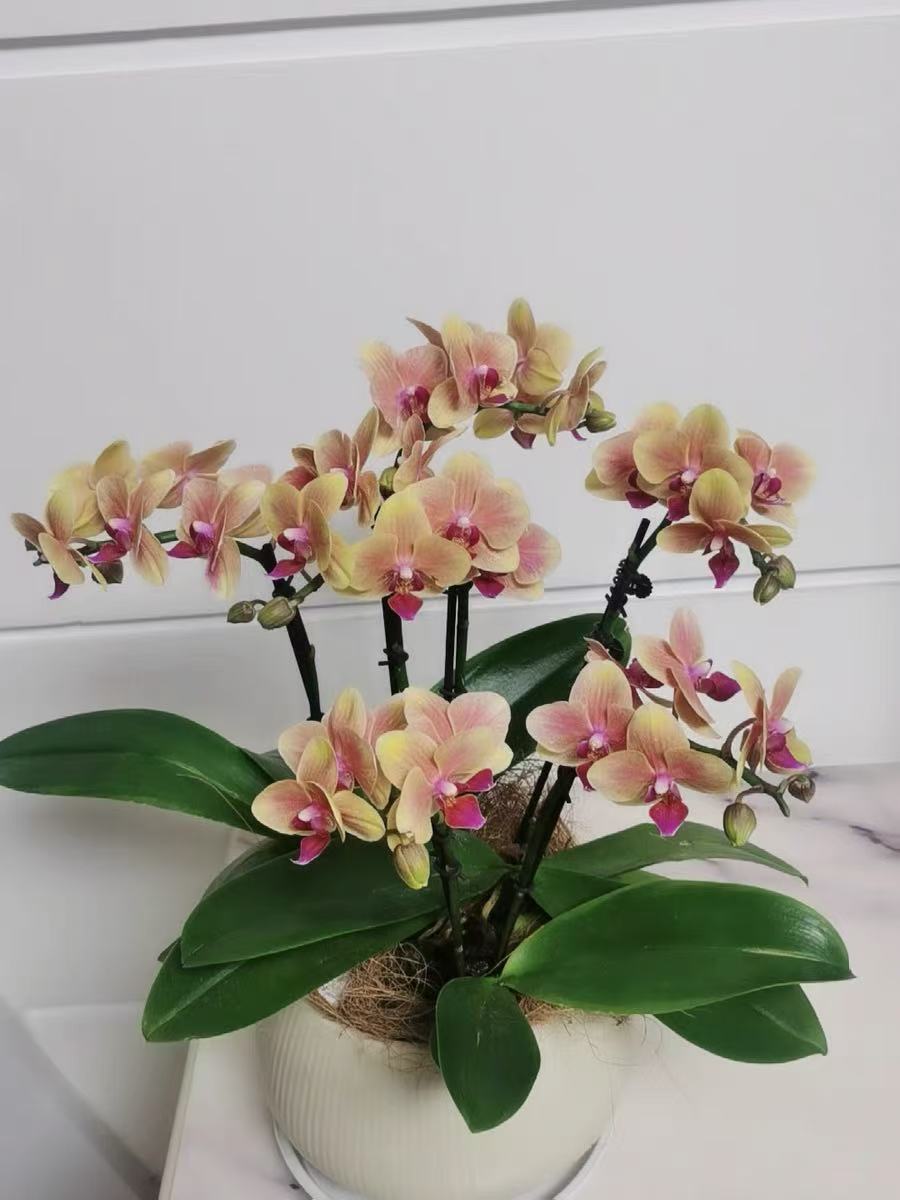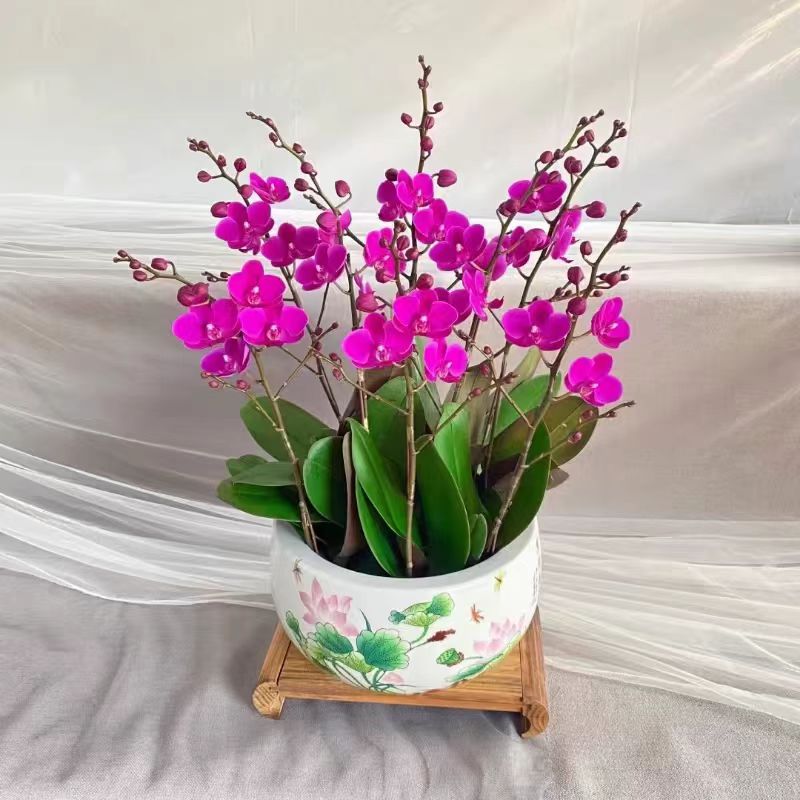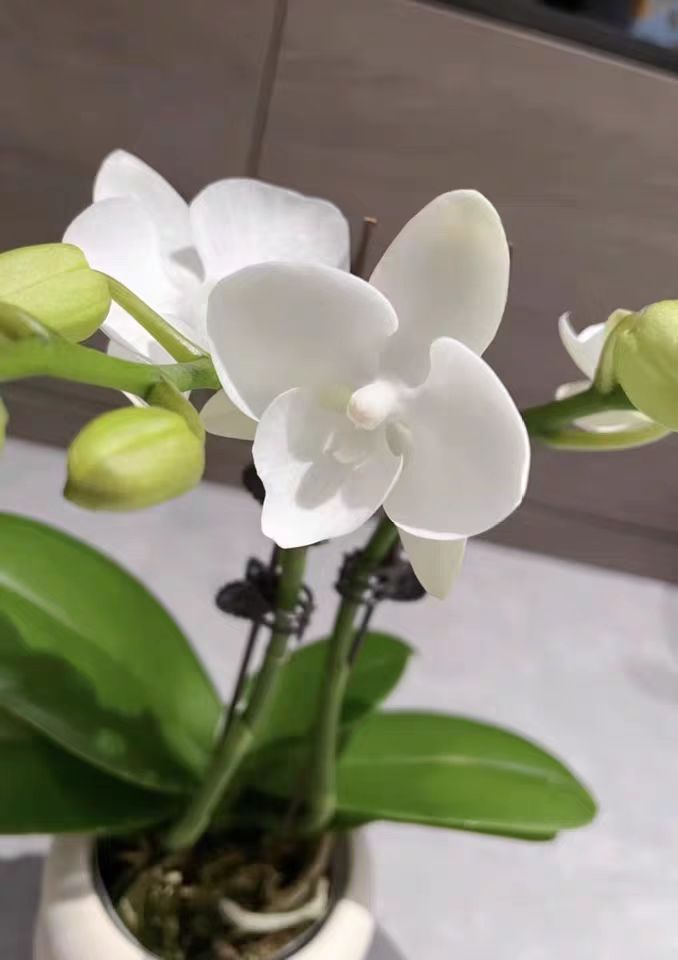As a tropical plant, Codiaeum variegatum is favored by many plant enthusiasts for its richly colored and variably shaped leaves. However, in the cold winter, many growers may notice that Codiaeum variegatum starts to shed leaves. This inevitably raises questions: Is it normal for Codiaeum variegatum to shed leaves in winter? And can new leaves grow back after the old ones fall off?
From the perspective of plant growth, it is to some extent a normal physiological phenomenon for Codiaeum variegatum to shed leaves in winter. Native to tropical regions, Codiaeum variegatum naturally prefers a warm and humid environment and has poor tolerance to low temperatures. When the ambient temperature drops to a certain level, in order to protect itself, Codiaeum variegatum will actively reduce the number of leaves to lower energy consumption and water evaporation, thus getting through the winter smoothly. Therefore, if you notice that Codiaeum variegatum is shedding leaves in winter, there is no need to worry too much. This may be a normal response as it adapts to environmental changes.
However, it should be noted that although leaf - shedding is a normal phenomenon, if the situation is too severe, even resulting in large - scale defoliation of the plant, then you need to consider whether there are other problems with improper maintenance. For example, too low a temperature, insufficient light, over - watering or under - watering can all cause Codiaeum variegatum to shed leaves.
For Codiaeum variegatum, as long as its stems and roots remain healthy, it is possible for new leaves to grow back after the old ones fall off. Of course, this can only be achieved under suitable maintenance conditions.
First of all, ensure that the growth environment temperature of Codiaeum variegatum is appropriate. In winter, it is best to move Codiaeum variegatum indoors for maintenance and keep the indoor temperature above 15 degrees Celsius to reduce the impact of low temperature on the plant. At the same time, avoid placing Codiaeum variegatum in positions too close to windows or doors where it is vulnerable to cold winds.
Secondly, light is crucial for the growth of Codiaeum variegatum. Codiaeum variegatum likes an environment with sufficient light. In winter when the light is relatively weak, it should be placed in a well - lit place to enable the plant to carry out photosynthesis, accumulate nutrients, and be conducive to the growth of new leaves.
In addition, proper water control is also necessary when it comes to watering. Although Codiaeum variegatum likes a humid environment, its growth rate is slower in winter, and water consumption is accordingly reduced. Therefore, avoid over - watering or watering too frequently to prevent root rot. If the indoor climate is relatively dry, you can often spray water to moisten it and ventilate more when the temperature rises at noon.
Regarding fertilization, since Codiaeum variegatum grows slowly in winter, the frequency and amount of fertilization should be reduced. Generally, a thin liquid fertilizer can be applied once every month or so to meet the basic nutrient needs of the plant.
In conclusion, it is to some extent a normal physiological phenomenon for Codiaeum variegatum to shed leaves in winter. As long as the stems and roots are healthy, it is possible for new leaves to grow back. Of course, this requires us to do a good job in the maintenance of Codiaeum variegatum in winter, ensuring a suitable growth environment, sufficient light, proper water control, and reasonable fertilization. Only in this way can Codiaeum variegatum remain vibrant in winter.
Is it normal for Codiaeum variegatum to shed leaves in winter?

Share with
Tagged in :




Leave a Reply